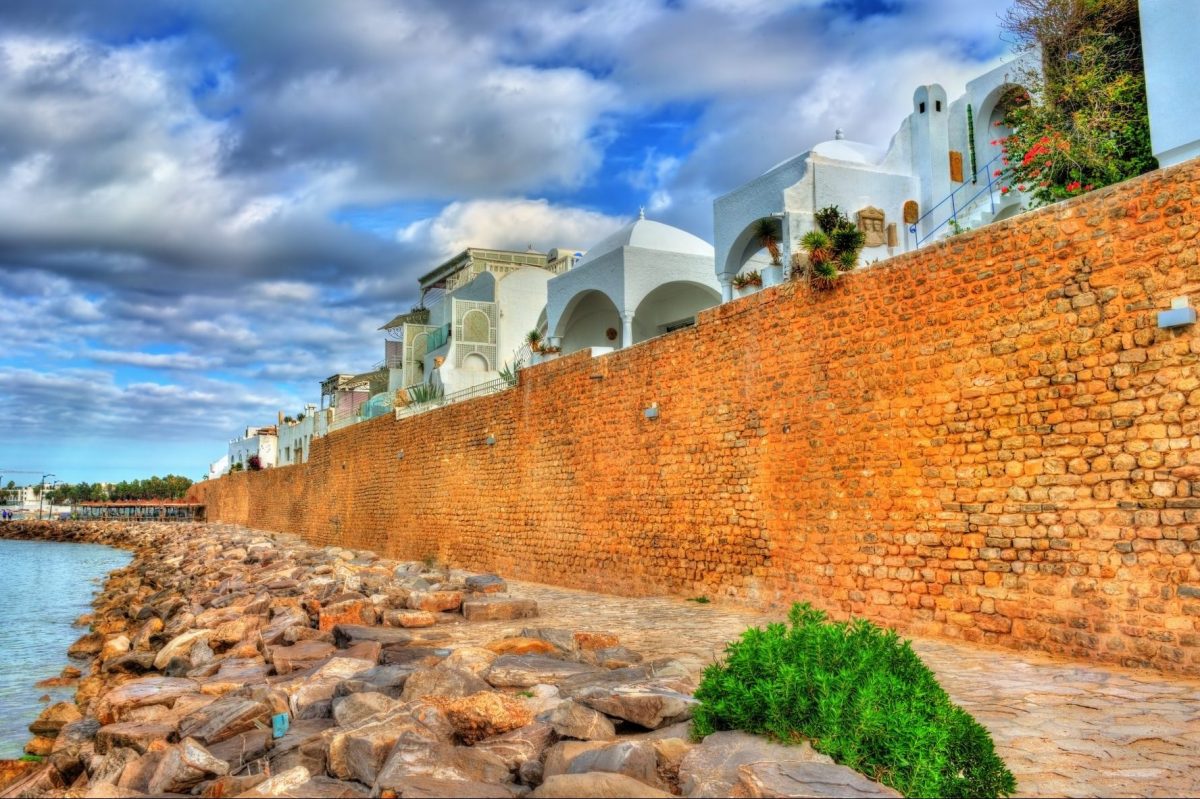Skift Take
The sustainable planning phase of Tunisia’s destination marketing rebirth — the easy part — is done. Plan implementation is where the real work will begin.
The U.S. government is trying to help Tunisia develop a multifaceted destination brand, one that captures its diverse offerings and incorporates community stakeholders. That journey has come with obstacles from entrenched stakeholders, a historic beach image and developing visitor infrastructure.
In February, the U.S. government injected $50 million into Tunisia’s tourism sector through the United States Agency for International Development (USAID) under a five-year project called “Visit Tunisia.”
The project’s aim is to promote the northern African country of 12 million people as a high-quality tourist destination with diverse offerings, increase the number of tourists year-round, and create new source markets. A key objective is to have the country draw 11.5 million tourist arrivals by 2026.
The USAID, an independent agency of the U.S. federal government, doesn’t typically assist global destinations with tourism marketing. In Tunisia’s case, the agency has been investing in its economic and political development since its 2011 Revolution, which overthrew longtime president Zine El Abidine Ben Ali. “This was seen as an opportune time to see what Tunisia’s tourism future could look like,” said Visit Tunisia Destination Marketing Team Leader Michele McKenzie.
Tunisia’s brand has traditionally been a beach destination. “Tunisia has a strong tourism legacy from years of being promoted, especially in the European markets, as a sun and sand destination,” said McKenzie.
The Tunisian National Tourism Office has offices around the world that lean on this image, McKenzie said. Travelers on the “budget end of the market” come to the country for its coastal beaches and resorts during the summer season.
“Unfortunately the biggest number of people coming to Tunisia are coming for the resorts,” said Overseas Adventure Travel Tunisia Country Manger Chaker Abichou. He expects that 90 percent of tourists that came to the destination this year are here for Sousse and other popular resort towns located on the country’s north and east coast.
USAID’s aim is to expand the number of flexible, independent and younger travelers already exploring the country. “We are looking at what they’re doing and what they are seeing,” McKenzie said. These travelers go beyond the beach and take on motorcycle tours, camping in the Sahara, hiking adventures, stay in local guest houses and explore local experiences.
The marketing ambition comes as Tunisia bounces back after a rough 11 years since its revolution. In that period, the tourism sector experienced civil unrest, terrorist attacks and Covid-19. “It’s been a triple whammy for the sector,” McKenzie said.
In 2015, a mass shooting killed 38 people at the tourist resort of Port El Kantahoui, Tunisia has been under a state of emergency since 2015. The security situation has improved greatly in the last decade, said Abichou. He said tourist feedback on safety has been very positive.
Even so, the U.S., UK, France and Germany have issued warnings to their citizens to be cautious about travel to the country and to explicitly not travel to certain areas due to terrorist activities.
Tunisia has the untapped potential to attract the flexible, independent traveler market. The destination is home to famous battle sites, well-preserved Roman and other civilizational ruins, filming locations for popular movies like Star Wars, mountains, Sahara, religious sites, a rich culture and more. Communities just need help to leverage these strengths, McKenzie said.
USAID has sought out attracting tour operators focused on experiential and adventure travel. It has partnered with the Smithsonian Institution to develop the destination’s cultural heritage. Investments in visitor infrastructure for cultural and archaeological sites like better roads, hiking trails and boardwalks throughout the country are also being planned.
The agency has zeroed in on six communities for more focused destination development. “They typically don’t have a destination marketing organization structure,” said McKenzie. “We are looking at how we work with destinations and innovate and harness the capacity in those communities. If it won’t be a DMO, what will it be?”
Working with industry and community stakeholders to develop sustainable models has eaten up the first year of the project. “Pretty much the first year has been dedicated to stakeholder engagement,” said Mackenzie.
The agency wants to avoid the common mistake international development agencies make of not developing a plan that outlasts their exit. “Often the experts come in, make a plan, off they go and the plan sits around,” said McKenzie. With stakeholder input, plans have been drawn up to develop visitor infrastructure and promotional efforts.
USAID’s work in the first year underscores the 2022 Skift Megatrend “Communities Are No Longer Spectators in Travel.”
One group of stakeholders that have proven a challenge to work with is the dominant resort community. Many in the group view the attempt at marketing diversification as “turning away from our bread and butter, resort tourism,” said Chris Seek, CEO of Solimar International, a sustainable tourism consultancy which works with USAID on Visit Tunisia.
Resort stakeholders have a lot of influence and power in the country’s tourism industry, said Overseas Adventure Travel Tunisia’s Abichou.
“We have to constantly try to remind them it’s not about turning away,” added Solimar’s Seek. “It’s about making your destination more competitive because you have things that other beaches don’t offer.”
Middle East Travel Roundup
Get the latest news from the Middle East in one easy-to-digest newsletter.
Have a confidential tip for Skift? Get in touch
Tags: beaches, government, international tourism, middle east, tunisia
Photo credit: Sousse, Tunisia Leonid Andronov / Getty

